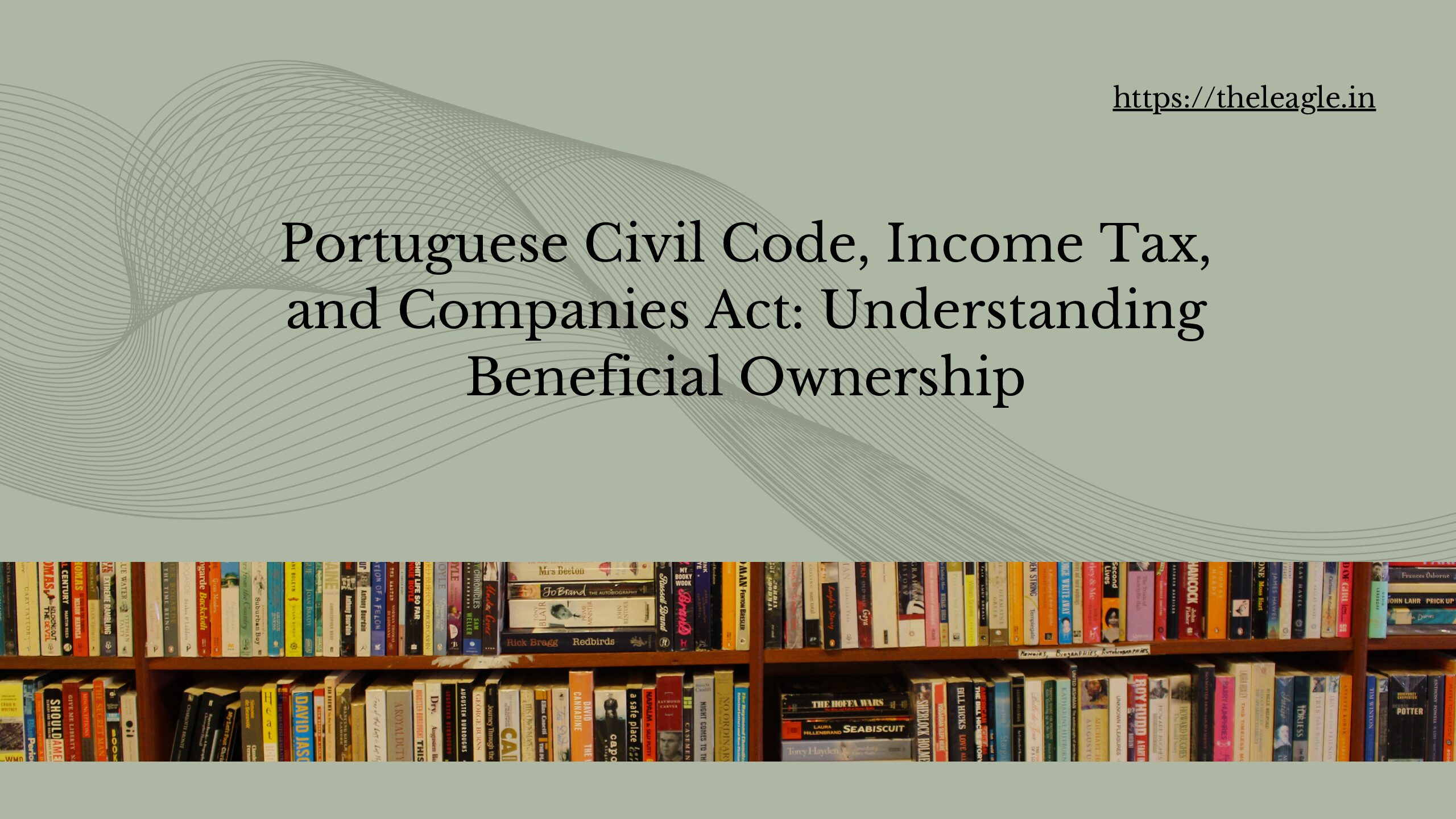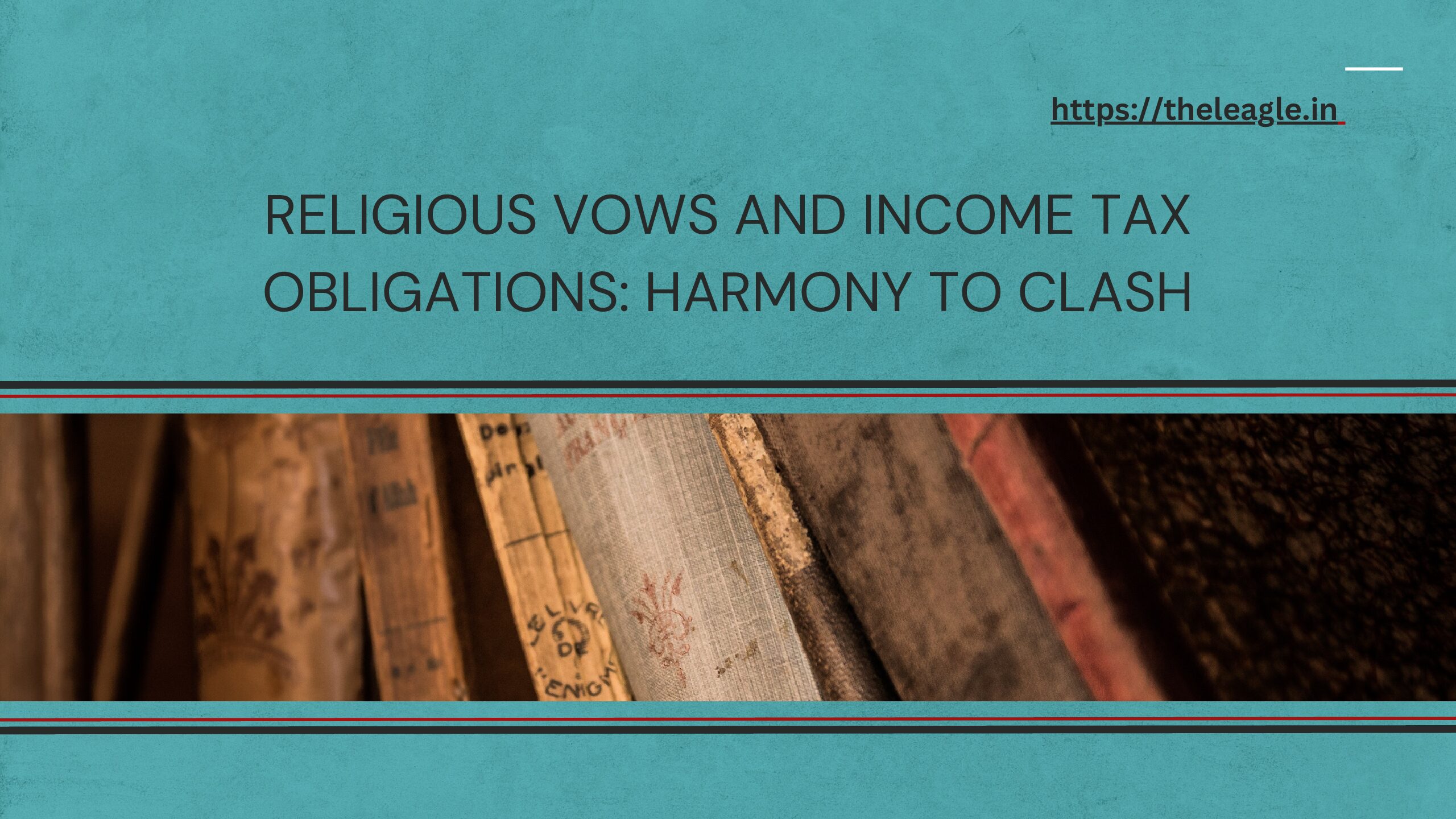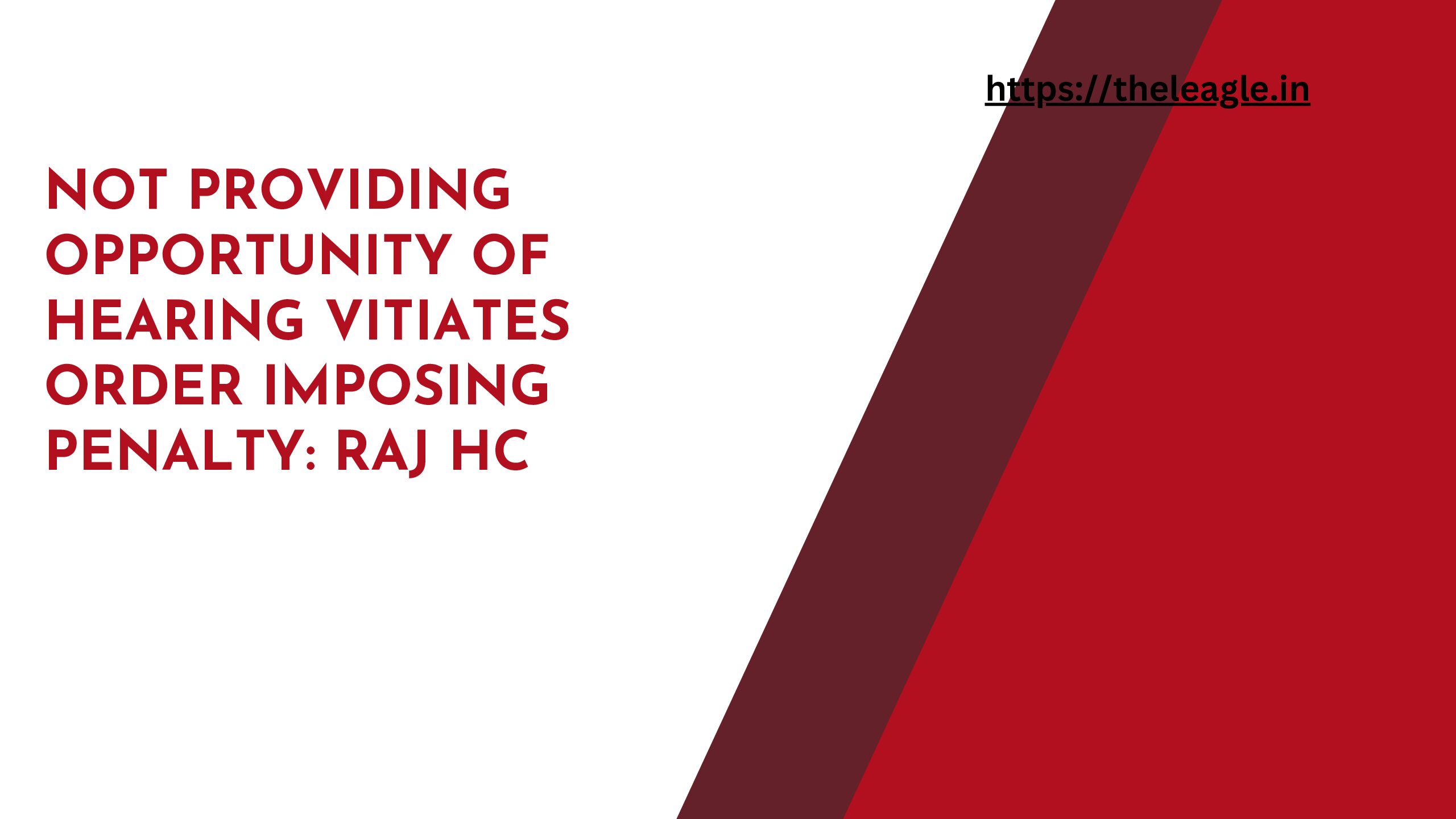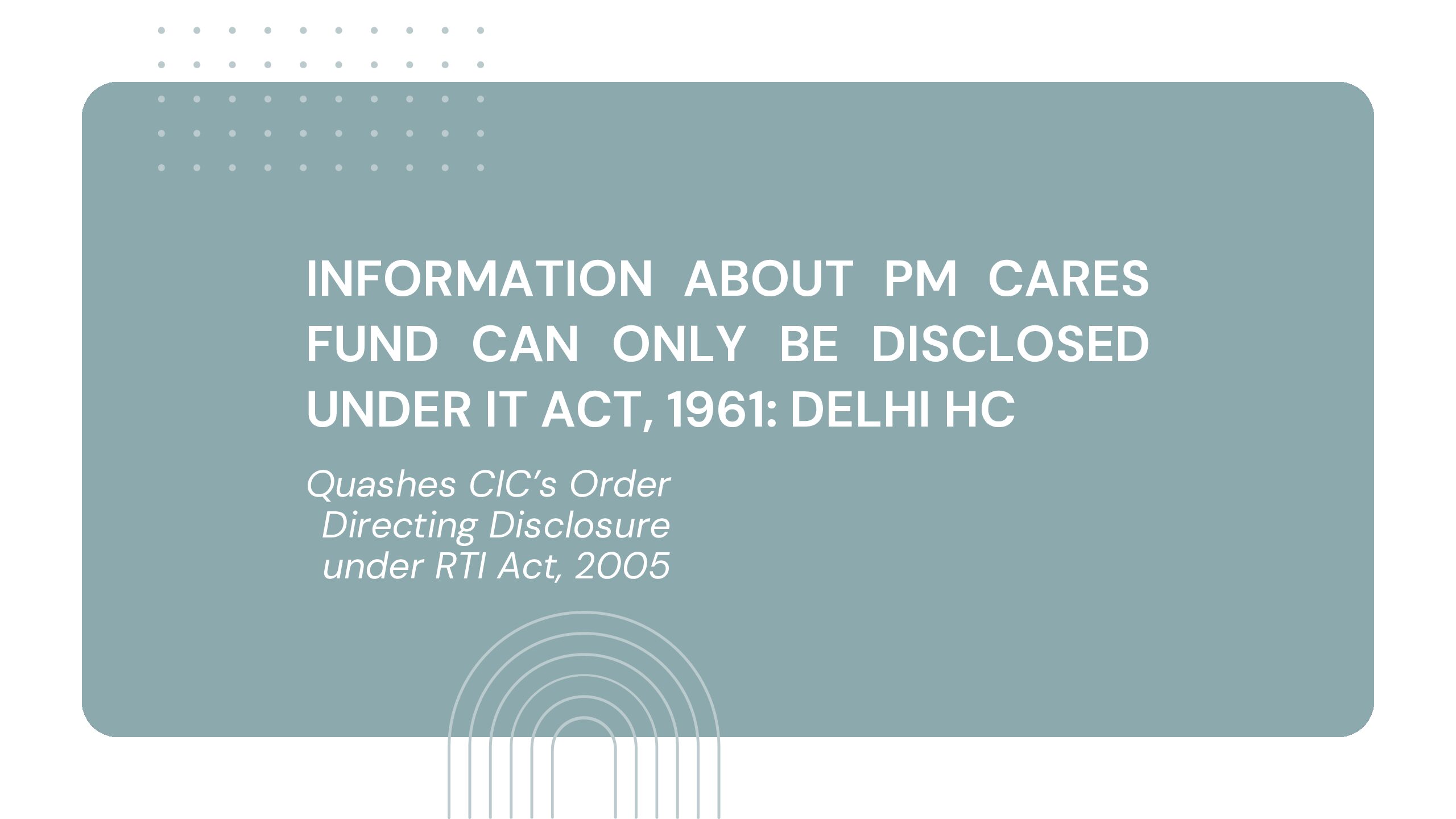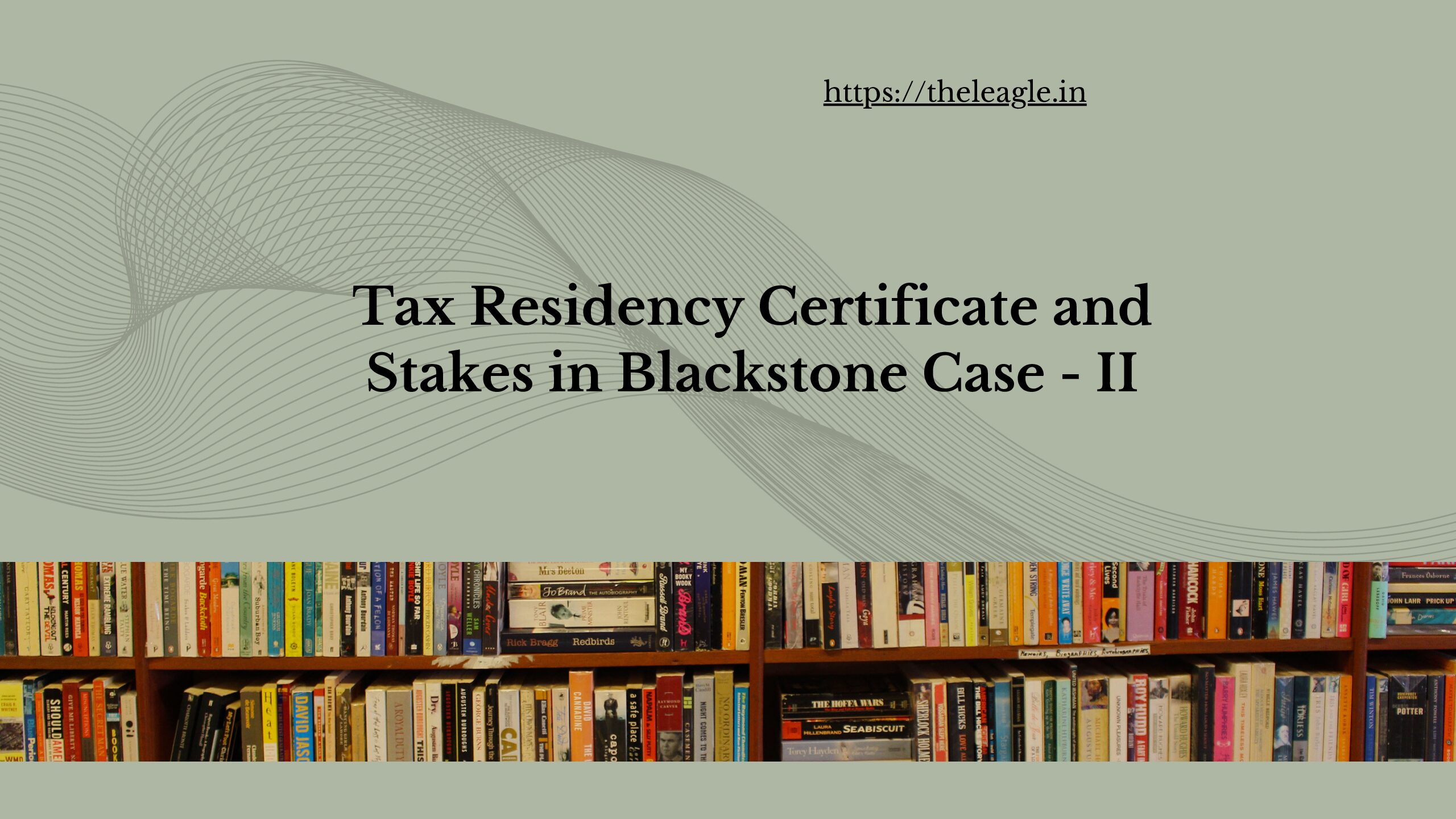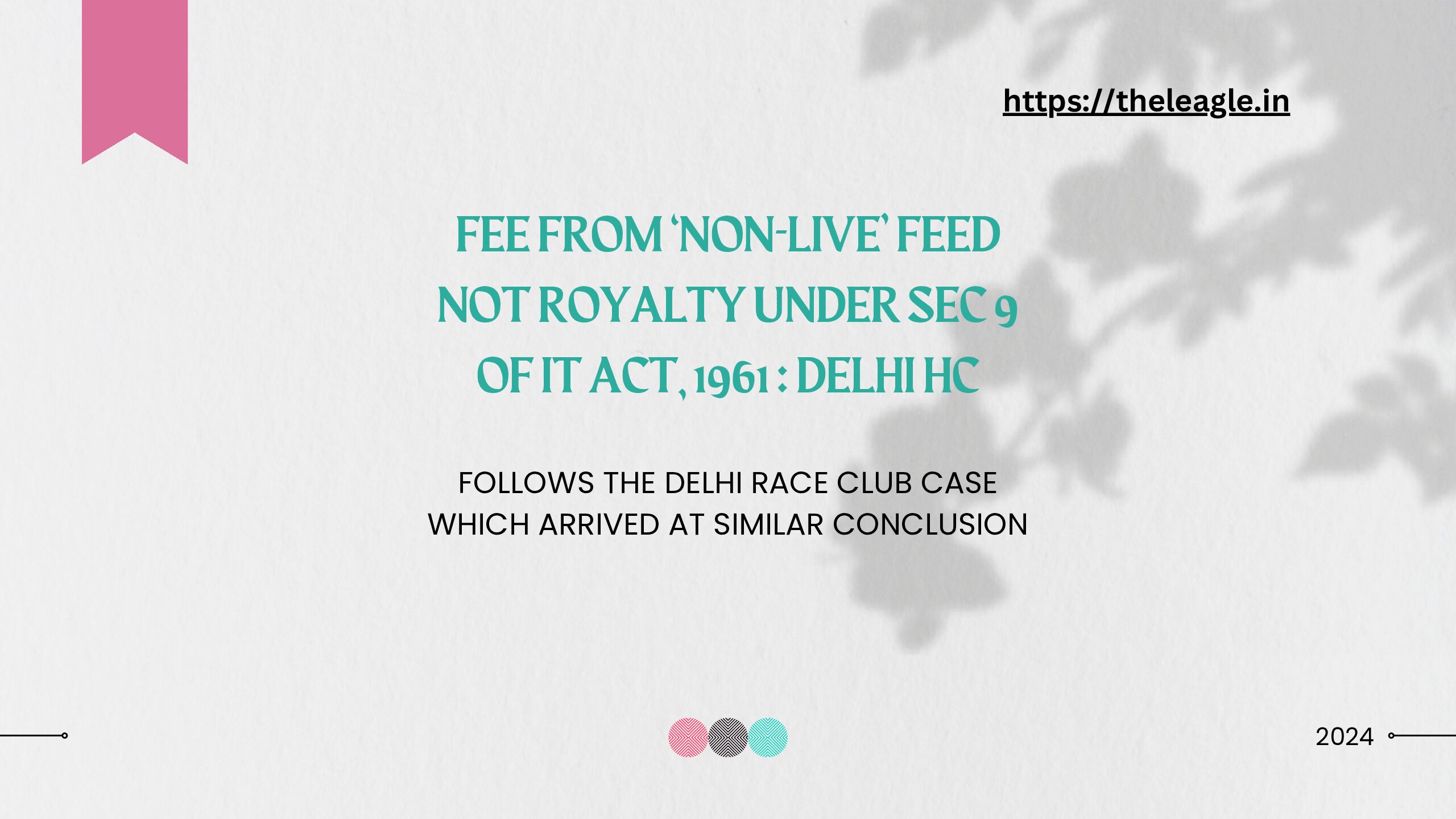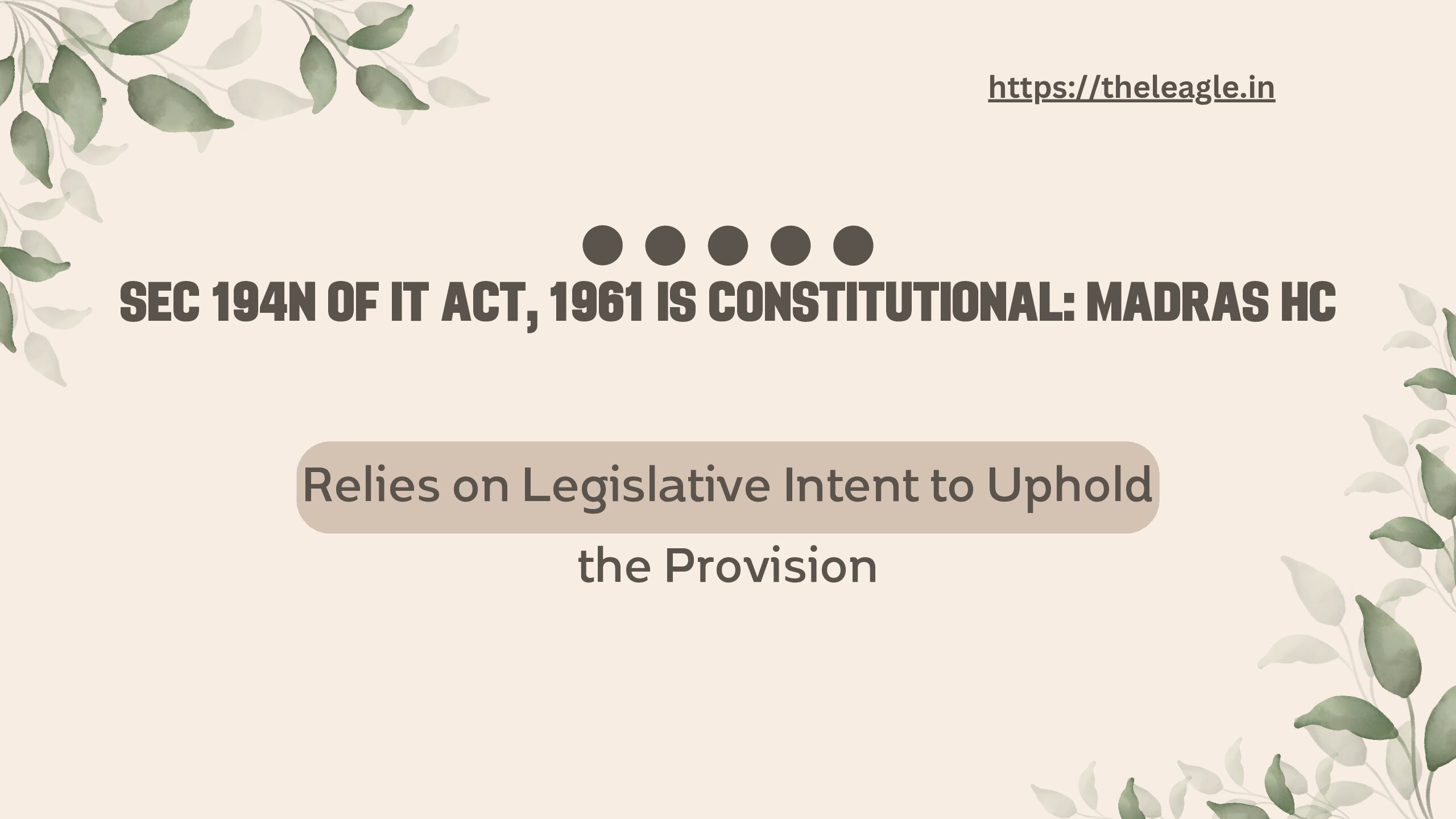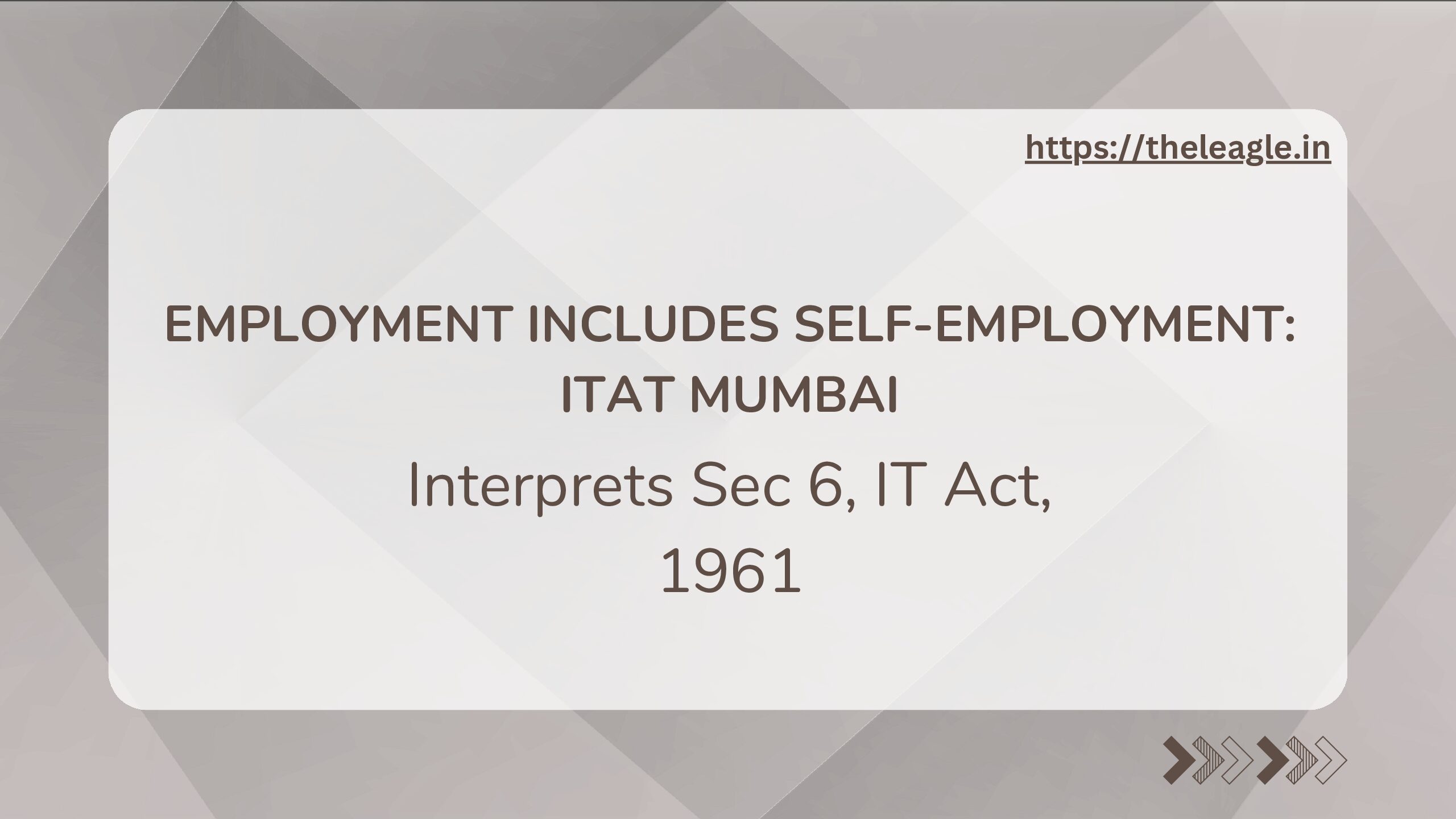The Bombay High Court, in a recent judgment, had to unravel the interplay of Portuguese Civil Code, IT Act, 1961, and the Companies Act, 1956 – among other issues – to ascertain the tax liability of assessees. While the case involved other issues, I will focus on the beneficial ownership aspect and how the assessees understood it and the High Courts’ response to the same.
Introduction
The appellant in the case, along with his two brothers each held around 30-33% of shares in private limited companies which were engaged in the business of construction and hospitality. All the three brothers were married to their spouses in terms of the Portuguese Civil Code (‘Code’) as applicable to the State of Goa. Under the Code, in the absence of any ante nuptial agreement between the spouses, each of them had 50% right to their common estate. The IT Act, 1961 acknowledges the applicability of the Code and to that extent, under Section 5A provides that:
Where the husband and wife are governed by the system of community of property (known under the Portuguese Civil Code of 1860 as “Communiao Dos Bens”) in force in the State of Goa and in the Union Territories of Dadra and Nagar Haveli and Daman and Diu, the income of the husband and of the wife under any head of income shall not be assessed as that of such community of property (whether treated as an association of persons or a body of individuals), but such income of the husband and of the wife under each head of income (other than the head “Salaries”) shall be apportioned equally between the husband and the wife and the income so apportioned shall be included separately in the total income of the husband and of the wife respectively, and the remaining provisions of this Act shall apply accordingly.
For the Assessment Year 2011-12, the appellant filed the return on income on 29.09.2011 under Section 139(1) of the IT Act, 1961, comprising of income under various heads. The return was processed on 27.09.2012. A search was conducted on 30.01.2012 in the premises of one of the companies in which the appellant was a registered shareholder and subsequently was issued a notice requiring filing of their revised returns for the Assessment Years from 2006-07 including those of 2011-12. The appellant replied that the returns filed on 29.09.2011 be treated as the returns in response to the notice. The appellant also submitted detailed explanations and documents. The Assessing Officer rejected explanations of the appellant and added income under Section 2(22)(e) of the IT Act, 1961 and held that the payments made to the appellant in various transactions through the companies was deemed dividend. Similar additions were also made to the incomes of wives of all the three brothers.
After a series of contrary decisions at the Assessing Officer and Commissioner level, the ITAT held that the amounts were correctly added to the income of appellant against which the latter approached the Bombay High Court. On the issue of beneficial ownership, the question before the High Court was: the appellant who holds 33% of the shares in company can by virtue of being governed by the Code said to be holding only 16.5% shares with his wife being the beneficial owner of the other half? Why was the extent of shareholding – 33% or 16.5% – important? This is because under Section 2(22)(e) of the IT Act, 1961, for a loan or advance made by a private company, to be considered as a deemed dividend, it is important that such payment is made to a person holding a substantial interest, subject to fulfilment of other conditions. And under Section 2(32) of the IT Act, 1961 a ‘person who has a substantial interest in the company’ in relation to a company, means a person who is the beneficial owner of the shares, not being shares entitled to a fixed rate of dividend whether or without a right to participate in profits, carrying not less than 20% of the voting power. Section 2(22)(e) read with Section 2(32) of the IT Act, 1961 meant that for the purposes of appellant, if his shareholding in the company was adjudged to be 16.5% and not 33%, the deemed dividend provision would not apply to it.
The appellant’s argument thus was: Under the Code, in a contract of marriage, the ownership and possession of common assets vests in both the spouses during the subsistence of marriage. Where the husband is 33% registered holder of the shares in a company, his wife is the beneficial owner of half (16.5%) of the shares in company. The argument ran into the hurdle of Section 187C, Companies Act, 1956.
Section 187C, Companies Act, 1956
Section 187C (1), Companies Act, 1956 provides that any person whose name is entered in the register of members of a company but does not hold beneficial interest in the shares shall make a declaration to the company specifying name and particulars of the person who holds the beneficial interest. Sub-section (2) further provides that a person who holds beneficial interest in a share or shares of a company shall make a declaration the company specifying the nature of interest.
Relying on the mandate of Section 187C(1) and (2), the Revenue argued that under Section 187C of the Companies Act, 1956 the appellant was under an obligation make declaration to the company about who holds beneficial ownership of shares but having failed to do so, now cannot take advantage of the Code to claim beneficial ownership. Further, the Revenue argued that the Code which provides for communion of assets between spouses is not applicable to shares of companies since only the person whose name is in the Register of Shareholders of the company has the voting rights based on shares held by him and that voting right cannot be divided between the two spouses.
The appellant though contested the Revenue’s argument and stated that Section 187C of Companies Act, 1956 only applied where beneficial shareholding was created through contract and not by virtue of the operation of law, in this case, the Code. The appellant’s view, as per the High Court, would imply that two class of shareholders could be created – those bound by Section 187C, while those exempt from Section 187C since they were governed by the Code. But was this distinct and separate class of shareholders recognized under the Companies Act, 1956? The High Court answered in the negative.
Examining the relevant provisions of Companies Act, 1956 the High Court correctly concluded that only a person who agrees to Memorandum of Articles of a company, or a person who holds equity capital in the company, and whose name is entered as beneficial owner of shares can claim to be a member of the company. And only a member of the company shall hold voting rights in the company in proportion to the capital owned. No third person can claim to be a member or hold voting rights. The High Court’s conclusion was that Companies Act, 1956 was a complete code in itself and it ‘does not does not envisage a situation where by virtue of a personal law applicable to a shareholder of a company, the spouse of such shareholder could claim voting rights in a poll to pass resolutions or, for that matter, claim a privity of contract to bind herself to the Memorandum of a Company and the Articles of Association of such company.’ (para 57)
The High Court’s conclusion did not disrupt the position under the Code in that each spouse is entitled to 50% of the assets. However, the High Court was clear in its opinion that the Code not per se or automatically disrupt internal scheme of the Companies Act, 1956.
Narrow Understanding of Beneficial Ownership?
The concept of beneficial ownership is acknowledged under all the above-mentioned relevant provisions of the IT Act, 1961 and the Companies Act, 1956. The question is if the concept needs to be understood and interpreted as per the objectives of the provision and statute in question, and whether there is parity in the concepts of both the statutes? The Bombay High Court’s opinion was that the terms ‘beneficial owner of shares’, ‘shareholder’, ‘member’ used in Section 2(22)(e) of IT Act, 1961 only meant registered shareholder or registered beneficial owner whose name is in the register of shareholders. To this extent, it was correct in stating that there was an equivalence in the concepts under both the statutes – IT Act, 1961 and Companies Act, 1956.
However, was the High Court’s opinion, that the wife is not a beneficial owner of shares unless her name is registered a narrow understanding of the concept of beneficial ownership and does it dilute one of the core ideas contained in the Code. Prima facie, yes. But, as the High Court justified, personal law cannot create a relationship between the wife and other members of the company. Such a relation must be and can only be created under the Companies Act or there needs to be an express provision acknowledging the overriding effect of the personal law. The accommodation to the Code is provided in Section 5A of the IT Act, 1961, but a similar and comparable provision is absent in the Companies Act, 1956. In such a scenario, while the concept of beneficial ownership seems to be narrowly interpreted by the Bombay High Court, it shows fidelity to the provisions that governed the concept and issue at hand.
Further, it is worth thinking if the wife was registered as a beneficial owner of 16.5% of shares, if and how the outcome would have differed? The outcome, in my view, would have been in favour of the appellant, but not because of operation of the Code but because of proof of compliance with the Companies Act which would have created evidence of beneficial ownership. Again, the concept of beneficial ownership is acknowledged, but only if the prescribed formalities under the Companies Act are followed. This to be seems a reasonable and defensible approach towards the interplay of the Code and Companies Act.
